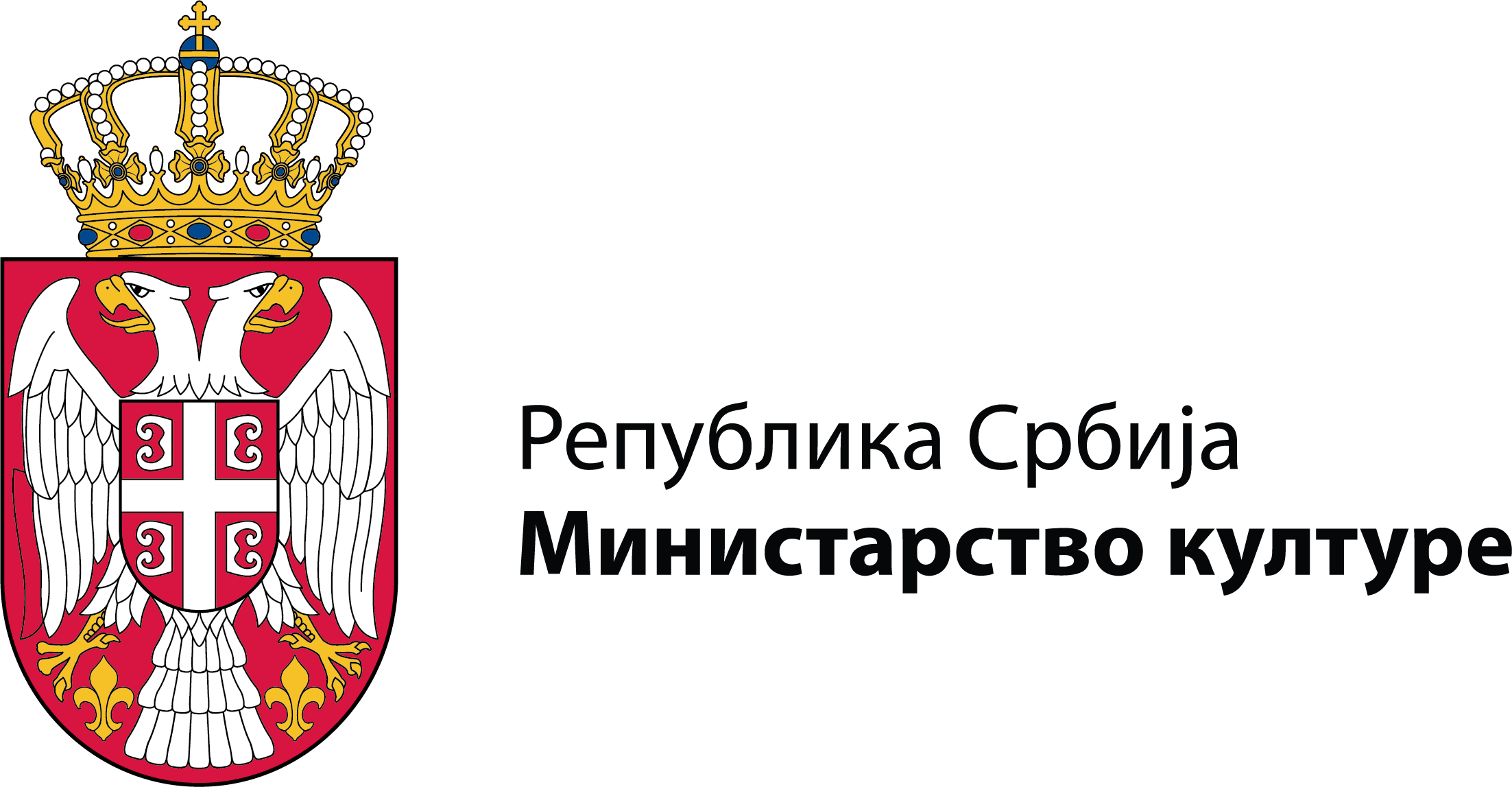The tableware collection represents one of the most important collections from the museum's collection.
It houses museum objects important for the study of Serbian traditional culture, urban culture, as well as the cultures of other ethnic communities with whom the Serbian people lived on the Balkan Peninsula.
In addition to museum objects from the Balkans, the collection also houses objects that were made in Russia, in the areas of Western, Northern and Central Europe, Turkey and other countries, which belong to the world cultural heritage.
The collection of tableware preserves a diverse range of items, including flasks, ladles, wooden bowls, salt containers, ewers, jugs, cauldrons, pitchers, spoons, forks, knives, ladles, coffee pots, fildžans (small coffee cups), zarfs (coffee cup holders), sugar boxes, goblets, saucepans, bowls, plates, serving trays, baking trays, low dining tables (sinije), covered dishes (demirlije), glasses, molds, mortars, boxes, funnels, strainers, mugs, and more.
These items are primarily made from metal (silver, alpaca, brass, and various alloys), wood, leather, and porcelain. They are decorated using various techniques, including engraving, carving, cutting, chasing, painting, filigree work, gilding, and many others.
The collection contains over 3,000 items.
The curator in charge of the collection is Irena Gvozdenović, senior curator: irena.gvozdenovic@etnografskimuzej.rs
In addition to museum objects from the Balkans, the collection also houses objects that were made in Russia, in the areas of Western, Northern and Central Europe, Turkey and other countries, which belong to the world cultural heritage.
The collection of tableware preserves a diverse range of items, including flasks, ladles, wooden bowls, salt containers, ewers, jugs, cauldrons, pitchers, spoons, forks, knives, ladles, coffee pots, fildžans (small coffee cups), zarfs (coffee cup holders), sugar boxes, goblets, saucepans, bowls, plates, serving trays, baking trays, low dining tables (sinije), covered dishes (demirlije), glasses, molds, mortars, boxes, funnels, strainers, mugs, and more.
These items are primarily made from metal (silver, alpaca, brass, and various alloys), wood, leather, and porcelain. They are decorated using various techniques, including engraving, carving, cutting, chasing, painting, filigree work, gilding, and many others.
The collection contains over 3,000 items.
The curator in charge of the collection is Irena Gvozdenović, senior curator: irena.gvozdenovic@etnografskimuzej.rs

